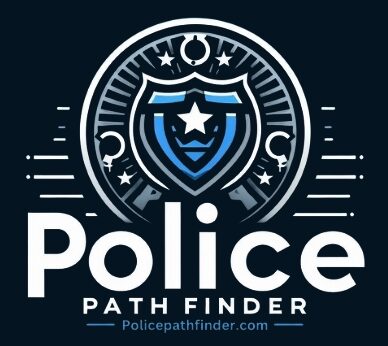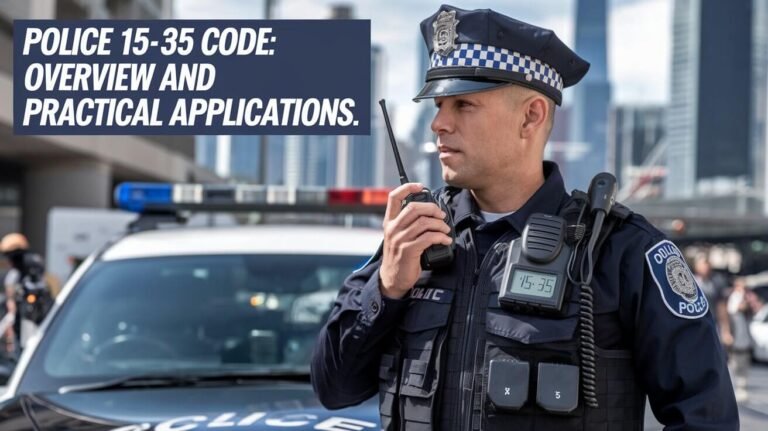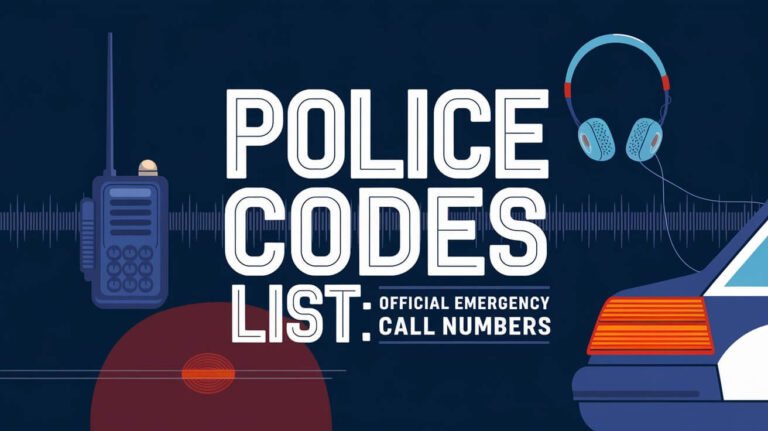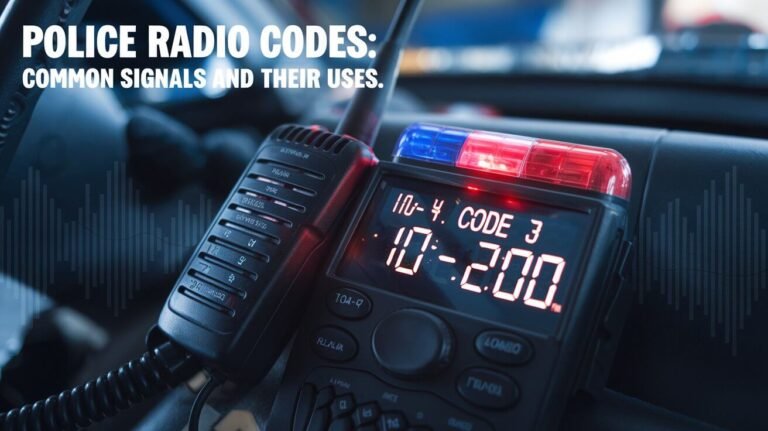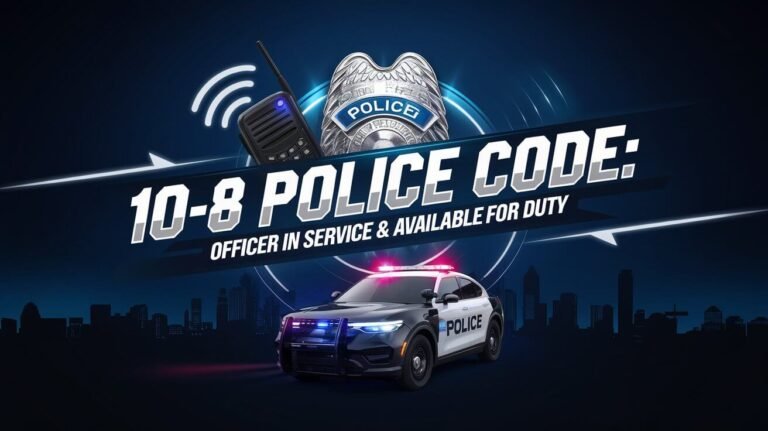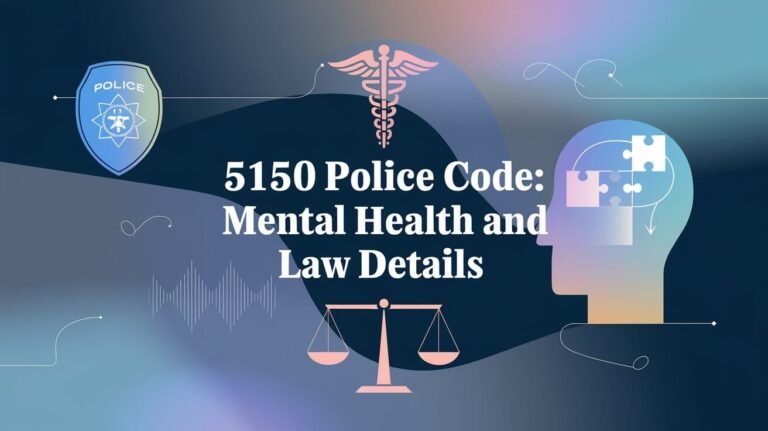10 100 Police Code: Deceased Person Radio Code Used by Officers
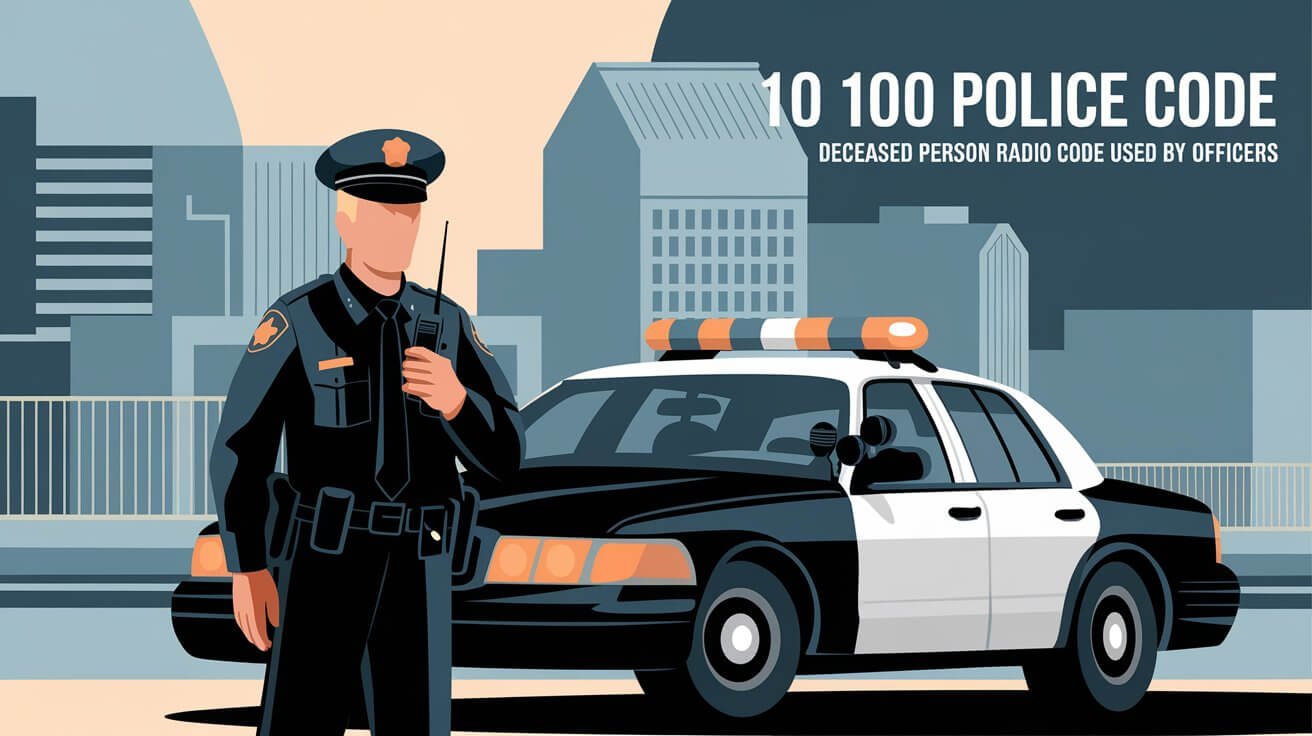
The 10 100 Police Code is key in law enforcement communication. It helps in emergency responses and keeps officers safe. This code, from 10-1 to 10-105, is a standard language for police, dispatchers, and first responders. It lets them share important info quickly over radios.
The 10 100 code means there’s a civil disturbance or a need for mutual aid. It’s part of a big system that covers many situations. From officer status to life-threatening emergencies, it helps everyone respond fast and right.
Knowing the 10 100 Police Code well is vital. It makes law enforcement communication better. It also speeds up emergency responses and keeps everyone safe.
Core Police Radio Communication Standards
Effective police communication is key for emergency response and public safety. At the center are protocols and standards for radio etiquette, signal quality, and message elements. These ensure clear, concise, and standardized talks between officers, dispatchers, and others.
Basic Radio Etiquette Protocols
Police radio communication follows strict etiquette rules. Officers use clear, short language, avoid slang, and stick to a format. This helps in quick and clear information sharing, even in stressful times.
Critical Communication Elements
Police use standardized signal codes for fast information sharing. Codes like 10-33 for emergencies and 10-18 for urgent needs help officers quickly tell dispatchers and backup about incidents. Knowing these codes is vital for quick response.
Signal Quality Codes
Clear and reliable radio communication is critical for police work. The 10-code system lets officers report signal quality, from weak to strong. This helps dispatchers decide if they need to boost signals or use other channels during emergencies.
| Signal Quality Code | Meaning |
|---|---|
| 10-1 | Weak signal |
| 10-2 | Good signal |
| 10-3 | Stop transmitting |
| 10-4 | Message received |
Following these standards, officers can share important info, coordinate responses, and stay aware in fast-paced situations.
Radio Code Classification System
In law enforcement and emergency services, the radio code system is key. It helps in clear communication and coordination. It has many code categories for different needs and situations.
The 10-codes are at the heart of this system. They signal various situations. For example, 10-4 means “acknowledgment,” and 11-99 means “officer needs help.” The system also uses 11-codes, 900 series codes, and more for different scenarios.
The phonetic alphabet adds to the system’s clarity. It gives specific words to each letter. This makes communication clear, even in tough situations.
| Code Type | Examples | Purpose |
|---|---|---|
| 10-Codes | 10-4 (Acknowledgment), 11-99 (Officer needs help) | Standardized signals for common situations |
| 11-Codes | 11-25 (Traffic hazard), 11-41 (Ambulance requested) | Specialized codes for specific incidents |
| 900 Series Codes | 904 (Fire), 906 (Disturbance) | Codes for emergency service coordination |
| Phonetic Alphabet | Alpha, Bravo, Charlie, etc. | Enhancing clarity in radio communication |
Radio code system is essential in law enforcement and police radio signals. It ensures quick and clear communication among responders and dispatchers. This system helps law enforcement share important information fast. It improves public safety and emergency response.
Emergency Response 10 Codes
In law enforcement, emergency response codes, or 10 codes, are key for quick communication in urgent situations. They cover many scenarios, from serious incidents to officer safety and medical emergencies.
Life-Threatening Situations
When a life-threatening situation arises, specific 10 codes are used. For example, code 10-33 means emergency help is needed right away. It prompts a fast response from nearby units, ensuring the right help gets there quickly.
Officer Safety Codes
Keeping officers safe is a top priority. Codes like 10-32 for a person with a gun and 10-30 for a dangerous situation help officers quickly share threats. This triggers safety measures to protect them.
Medical Emergency Protocols
Medical emergencies are critical, and 10 codes help standardize communication. Codes like 10-47 for an injured person and 10-54 for a possible dead body send the right medical help fast. This ensures quick and effective care for those in need.
| 10 Code | Meaning | Description |
|---|---|---|
| 10-33 | Emergency Assistance Needed | This code indicates a life-threatening situation that requires immediate emergency response. It triggers a swift mobilization of nearby units to provide assistance. |
| 10-78 | Officer Needs Assistance | This code alerts dispatch and other officers that a colleague is in need of immediate backup or support, potentially facing a dangerous situation. |
| 10-52 | Ambulance Needed | This code notifies dispatch that emergency medical services are required at the scene, such as for an injured person or a medical emergency. |
10 100 Police Code and Civil Disturbances
The 10-100 police code is a key signal for civil disturbances or when more help is needed. It’s part of a system that helps emergency teams work together smoothly. This system is vital for quick and effective responses.
When there’s public unrest, protests, or big gatherings, the 10-100 code is used. It alerts nearby units and helps coordinate a response. Codes like 10-15 (civil disturbance), 10-44 (riot), and 10-79 (civil disturbance) give more details and instructions.
- The 10-100 code is for civil disturbances or when more help is needed, calling for extra resources.
- Codes like 10-15, 10-44, and 10-79 help law enforcement understand the situation’s nature and severity.
- These codes make communication and coordination during civil unrest efficient. They ensure a quick and effective response to keep order.
Knowing the 10 100 police code and related civil disturbance codes helps law enforcement prepare and respond. It keeps both officers and civilians safe.
Vehicle-Related Communication Codes
Police radio communication is key for law enforcement. Vehicle-related codes help officers manage traffic stops, accidents, and vehicle checks. Knowing these codes is vital for teamwork and public safety.
Traffic Stop Protocols
Officers use 10-61 to start a traffic stop and 11-95 for routine stops. These codes keep dispatch and other officers updated.
Accident Response Codes
Accident codes range from 11-79 for accidents needing an ambulance to 11-82 for no injuries. They help officers quickly share the accident’s details and call for the right help.
Vehicle Check Procedures
Codes like 10-28 for vehicle registration and 10-29 for warrant checks are used during stops. They help officers get the info they need quickly.
| Code | Meaning | Frequency of Use |
|---|---|---|
| 10-28 | Vehicle Registration Request | 5 times |
| 10-29 | Warrant/Record Check on a Vehicle | 5 times |
| 11-79 | Accident with Ambulance Dispatched | 12 times |
| 11-82 | Accident with No Injuries | 12 times |
Vehicle-related codes are critical for officers to handle traffic stops, accidents, and vehicle checks. They ensure clear communication with dispatch and other units.
Crime Scene Communication Protocol
At a crime scene, clear communication is key. It makes sure evidence is documented and handled right. Police use codes and protocols to share information fast and well. These crime scene codes help with different crimes and how to report evidence.
A “10-31” code means a crime is happening. “10-64” is for found property. There are codes for specific crimes too, like “10-35” for vandalism and “10-66” for a suspicious person.
- 10-31: Crime in progress
- 10-64: Found property
- 10-35: Vandalism
- 10-62: Breaking and entering
- 10-66: Suspicious person
These codes help officers talk clearly and quickly. This ensures a good response and the right handling of evidence. Using crime scene codes makes police work more efficient and helps with evidence reporting.
“Effective communication is the foundation of a successful crime scene investigation. The use of standardized codes and protocols ensures that critical information is relayed quickly and accurately, allowing officers to respond appropriately and preserve vital evidence.”
The Metropolitan Police Department also uses a phonetic alphabet for clear radio talk. It has special words for each letter from A to Z. This makes sure names, locations, and other important details are sent right, even in loud places.
| Signal Code | Meaning |
|---|---|
| Signal 5 | Murder |
| Signal 7 | Dead Person/Fatality |
| Signal 8 | Missing Person |
| Signal 21 | Burglary |
| Signal 23 | Robbery |
| Signal 25 | Fire/Explosion |
| Signal 27 | Mentally Ill Person |
| Signal 30 | Kidnapping |
| Signal 37 | Unverified 911 Call |
| Signal 44 | Child Abuse/Neglect |
| Signal 73 | Drug Investigation |
| Signal 88 | Assault |
Using these crime scene codes, officers can share details fast and right. This makes sure responses are smooth and evidence is handled well.
Status and Location Reporting Codes
In the world of law enforcement, clear communication is key. Status and location reporting codes are vital for tracking officers and scene arrivals. These codes help everyone work together smoothly and respond fast in emergencies.
Officer Position Updates
Officers regularly update their status to inform dispatchers and colleagues about their readiness. They use several codes for this:
- 10-6: Busy – Officer is engaged in an activity and temporarily unavailable.
- 10-7: Out of Service – Officer is off-duty or unavailable for calls.
- 10-8: In Service – Officer is available and ready to respond to calls.
Scene Arrival Protocols
When officers arrive at a scene, they report their status and location with specific codes. These include:
- 10-23: Arrived at Scene – Officer has reached the location of the incident.
- 10-97: Arrived at Scene – An alternative code used to indicate the officer’s arrival.
Officers also use the 10-20 code to ask for their current location. This helps dispatchers track them and coordinate responses well.
These codes help make law enforcement operations more efficient and secure. It ensures officers and dispatchers can quickly understand the situation and allocate resources effectively.
Dispatch and Response Coordination
Effective dispatch and response coordination are key in police work. They use codes to manage officer assignments and coordinate responses. These codes help dispatchers and officers talk clearly during emergencies.
Dispatch uses the 10-5 code to send messages. The 10-25 code means an officer is asked to go to a certain place. The 10-32 code is for when more units are needed.
- 10-5: Relay message
- 10-25: Report to/meet
- 10-32: Units needed
Dispatch also has other codes for instructions and managing responses. The 10-12 code tells an officer to wait. The 10-22 code means to ignore the last order.
- 10-12: Standby
- 10-22: Disregard last assignment
Using these codes helps with clear communication and resource deployment in emergencies. Dispatchers and officers can quickly share information. This makes responses coordinated and timely.
“Effective dispatch and response coordination is essential for ensuring the safety and well-being of both officers and the community they serve.”
Public Safety Alert Codes
In the field of law enforcement, public safety alert codes play a crucial role. They help coordinate responses to threats. These codes cover many situations, from keeping civilians safe to reporting environmental dangers.
Civilian Safety Protocols
Civilian safety is top priority. Police use special codes for different situations. For example, “10-42” checks on someone’s well-being, and “10-57” means a gun was fired.
These codes help officers and civilians stay safe. They make communication quick and clear.
Environmental Hazard Reports
Police also watch for environmental hazards. Codes like “11-53” mean there’s smoke, and “10-53” means a road is blocked. This helps emergency teams respond fast.
Using these codes is vital for law enforcement. It ensures a quick and effective response to threats. This keeps the public safe.
Final Thoughts
The 10-100 Police Code and related systems are key for law enforcement to work well. They help officers talk clearly and quickly in many situations. This is important for keeping everyone safe.
Police code system started in the 1930s and 1940s. It has grown to meet new needs in law enforcement. Even though codes differ by place, some are common. This helps officers understand each other better.
Good communication is vital for officer and public safety. Using ten codes right helps law enforcement work better. It makes sure they can respond fast to emergencies. Standard codes in some areas show how important this system is for teamwork.
